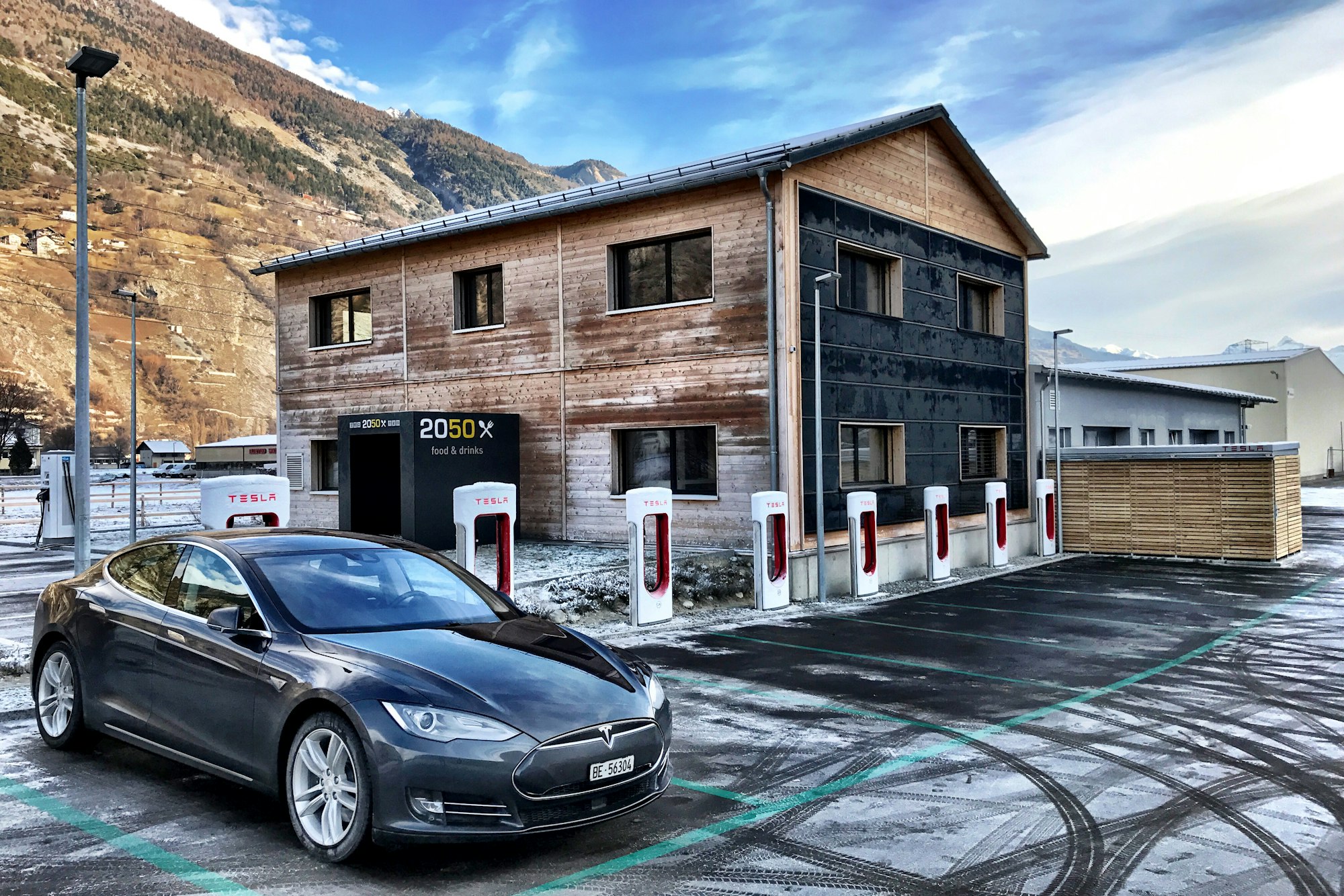Impact of Fast Charging On EV Batteries
High temperatures and resistance from fast charging at commercial stations can cause cracks and leaks on the EV batteries. This is…


High temperatures and resistance from fast charging at commercial stations can cause cracks and leaks on the EV batteries. This is according to the research done by the University of California.
“Industrial fast-charging affects the lifespan of lithium-ion batteries adversely because of the increase in the internal resistance of the batteries, which in turn results in heat generation,” said doctoral student and co-author Tanner Zerrin.
The team charged one set of discharged lithium-ion batteries using the same industry fast-charging method found at motorway stations.
The researchers also charged a set using a new fast-charging algorithm based on the battery’s internal resistance, which interferes with the flow of electrons. The internal resistance of a battery fluctuates according to temperature, charge state, battery age, and other factors. High internal resistance can cause problems during charging.

The algorithmic charging method (known as internal resistance charging) is adaptive, learning from the battery by checking its internal resistance during charging. It rests when internal resistance kicks in, to prevent loss of charge capacity.
For the first 13 charging cycles, the battery storage capacities for both charging techniques reportedly remained similar. After that, however, the industry fast-charging technique caused capacity to fade much faster — after 40 charges the batteries only had 60% of their storage capacity.
At 80% capacity, rechargeable lithium-ion batteries have reached the end of ‘use life’ for most purposes. Batteries charged using the industry method reached this point after 25 charging cycles, while batteries charged with internal resistance charging were good for 36 cycles.

Even worse effects came after 60 charging cycles using fast industry charging. Electrodes and electrolytes were exposed to the air, increasing the risk of fire or explosion. High temperatures of 60ºC accelerated the damage and the risk.
“Capacity loss, internal chemical and mechanical damage, and the high heat for each battery are major safety concerns,” said researcher Mihri Ozkan.
Internal resistance charging reportedly resulted in much lower temperatures and no damage. The technique could be used to improve the safety and lifespan of car batteries.
The researchers have applied for a patent on the algorithm, which could be licensed by the battery and car manufacturers. In the meantime, the team recommended minimizing the use of commercial fast chargers, recharging before the battery is completely drained, and preventing overcharging.




